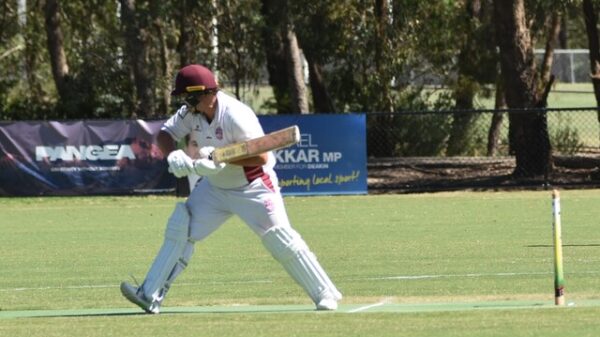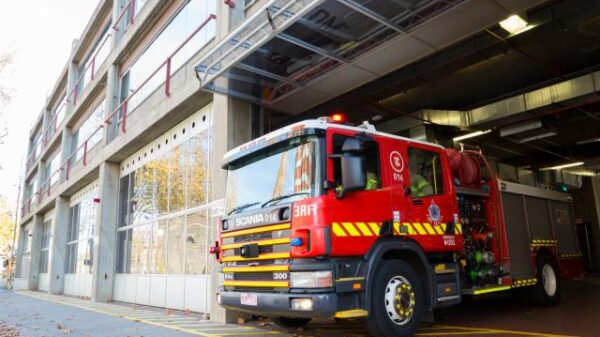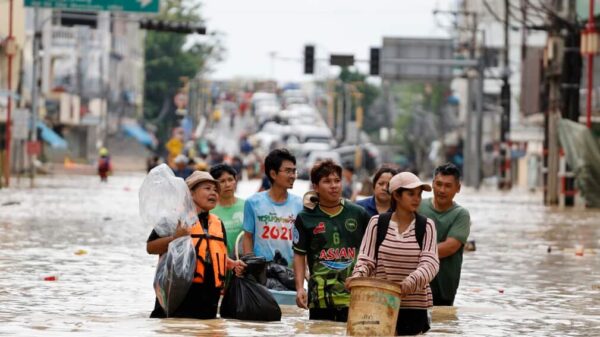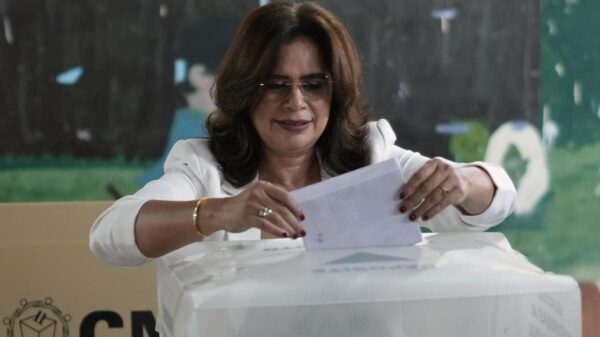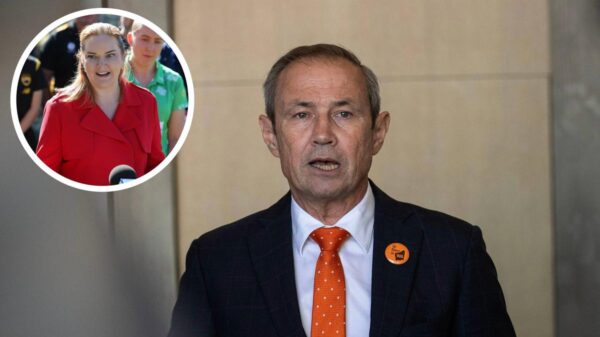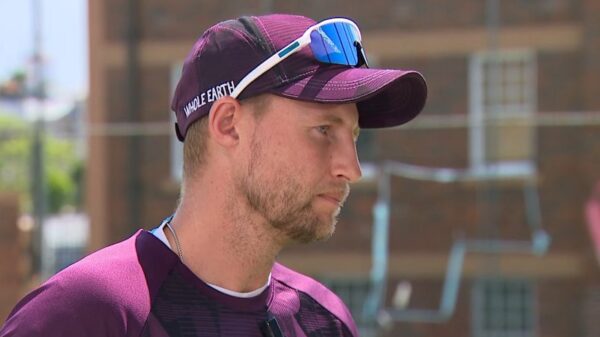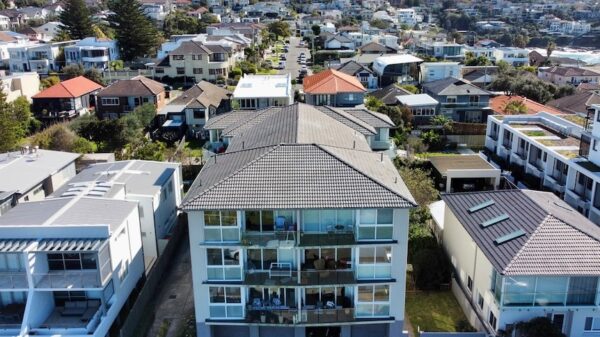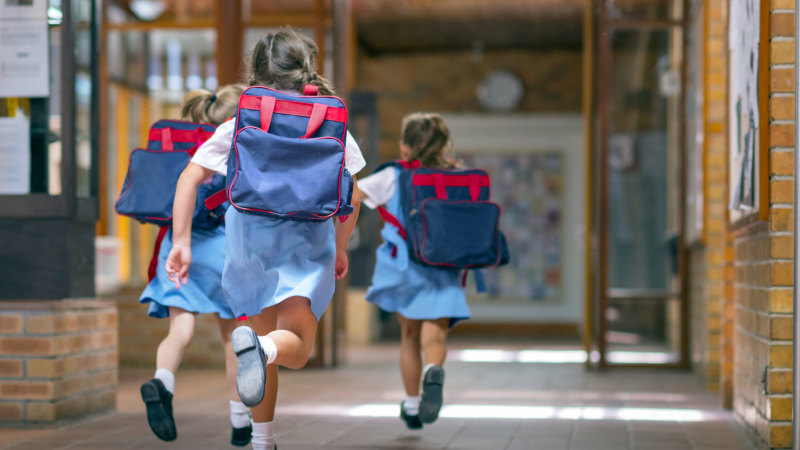New figures indicate that transportable classrooms now constitute more than half of all classrooms in 63 public schools across Western Australia. As of March 2025, there are a total of 3,935 transportable classrooms in the state, marking a significant 60 percent increase since 2018, when the figure stood at 2,455. This increase is primarily attributed to the rising demand for school enrolments.
Of the total transportable classrooms, 2,241 are situated in the metropolitan area, while 855 can be found in regional locations. The remainder consists of administration and non-teaching facilities. The reliance on these transportable structures has prompted questions regarding the sustainability and future planning of educational facilities in the state.
During a recent upper house estimates session, Liberal MLC Nick Goiran raised concerns about the current state of transportables, questioning whether this figure represents a record high for Western Australia. He also inquired about the oldest transportable classrooms and the criteria for their removal or replacement. In response, Labor MLC Jackie Jarvis, standing in for Education Minister Sabine Winton, acknowledged the high number of transportables but could not provide specific answers.
“It is a high number, and we obviously have a rapidly increasing population across Western Australia,” Jarvis stated. She added that the Department of Education does not maintain a fixed timeline for the use of transportables, as it depends on their condition. “I will note that people live in modular and transportable homes for decades, so it’s based on normal infrastructure needs,” she said.
Goiran highlighted a contradiction in the current situation, referencing comments made by former Labor ministers who criticized the number of transportables when they were in opposition. “If it’s increased by some 60 percent under this term of government, then it would be interesting to know what language those ministers would choose to use in this scenario,” he remarked.
In advance of the upper house estimates, the opposition received a comprehensive list detailing the 63 public schools where transportables make up more than half of the classrooms. Additionally, there are 36 schools where transportables account for 40 to 49 percent of classrooms and 45 schools where the proportion is between 30 and 39 percent. Overall, this means that more than one in six public schools in Western Australia rely on transportables for at least 30 percent of their classroom space.
The Department of Education has communicated that a total of $1.7 billion has been earmarked for new schools and upgrades to educational infrastructure over the next four years. According to the department, “Transportables will continue to play an important role in managing student growth as part of this investment.” They emphasize that modern transportables offer a high-quality and cost-effective solution to meet the changing enrolment demands.
Opposition Education Minister Liam Staltari expressed his discontent with the current situation, stating that the number of overcrowded schools is unacceptable. “In a state as wealthy as WA, it’s unconscionable that 63 schools are forced to rely on transportables for more than half of all their classrooms,” he said. Staltari criticized the government for prioritizing other projects over educational infrastructure, remarking that students and teachers should not be relegated to temporary classrooms.
Efforts to obtain further comments from Minister Winton have been initiated. As the debate continues, it remains clear that the issue of transportable classrooms in Western Australia highlights broader challenges related to educational planning and infrastructure development in response to population growth.


